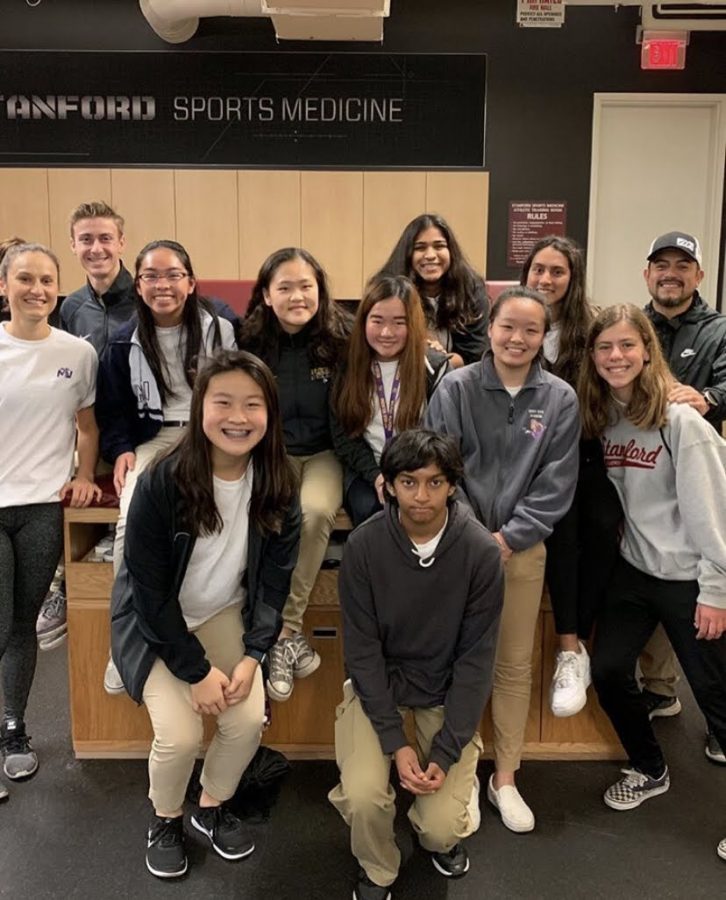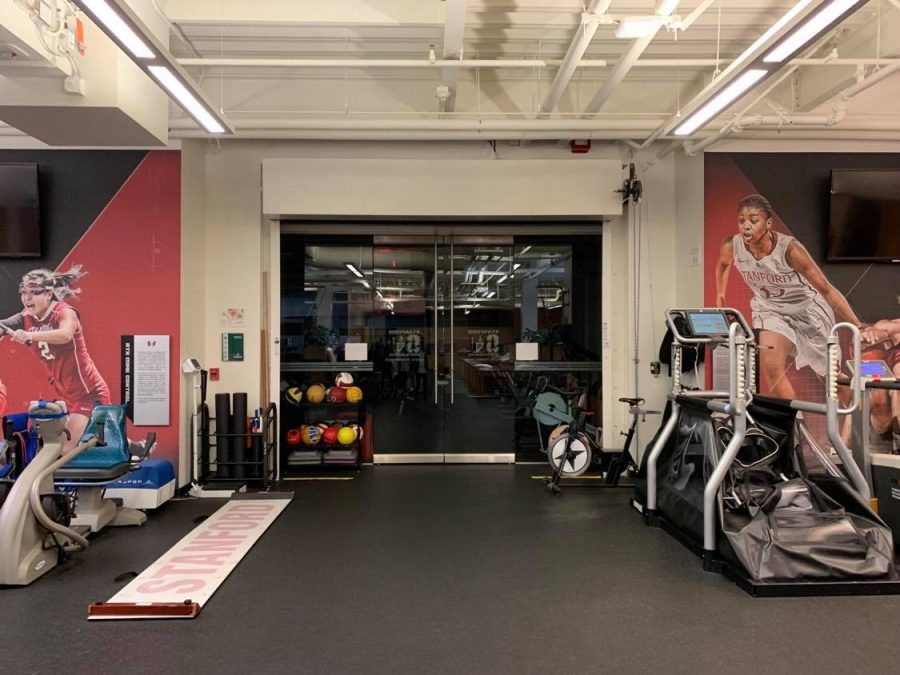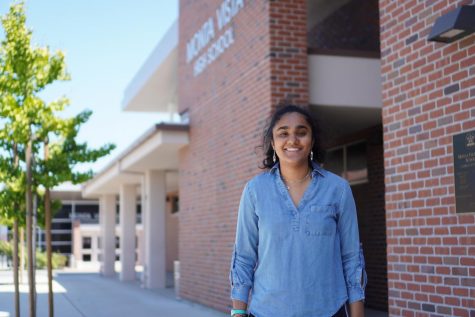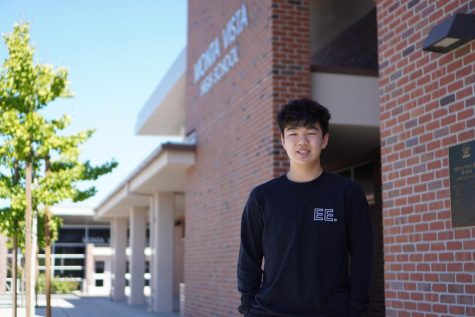Looking back at MV Sports Medicine Club for the 2019-2020 school year
Officers of the club reminisce on memories from this year and make plans for the future
May 21, 2020
When she was a freshman in high school, senior Audrey Luo helped out in the De Anza College Athletic training room, which immediately sparked her interest in sports medicine. Luo decided to join the MV Sports Medicine club, founded in 2017, eventually becoming the club’s co-president in her senior year.
MV Sports Medicine focuses on a variety of topics in their bi-weekly meetings centered around helping athletes — injury treatment and prevention, nutrition, and career pathways. Members of the club also shadow and learn from MVHS athletic trainer Javier Margarito. According to Luo, the most pertinent issue the club wanted to focus on this year was increasing engagement, as she noted a decline in attendance from members throughout the year. Luo tried to solve this problem by finding a way to teach in more interesting ways.
“We try to brainstorm curriculum[s] that would be more engaging because, obviously, in order to do some of the more complex things in sports medicine, you need to have a foundation of anatomy and [similar] things,” Luo said. “[So] probably one of the biggest things we wanted to figure out was ‘how can we just not do a straight PowerPoint lecture?’”
Similarly, resource officer and junior Shriya Kaushik notes that the officer team had come up with more engaging meeting ideas this year that were particularly interesting, not only for the members but also for her. Kaushik became interested in the club because of her injury experiences as a soccer player. She notes that in almost “every season [she] get[s] a sprained ankle” or other injuries. Her most harmful injury was tearing her ACL in the summer of 2019, halting her from playing soccer for an extended period of time.
Kaushik was particularly enticed by the “Career Pathways” meeting, where the club went over different career opportunities that involve sports medicine. Following this meeting, her favorite event of the year was later seeing these careers in action, when the club got the opportunity to view the Stanford Athletic Training Room.
“You can be an athletic trainer or physical therapist or doctor or surgeon— there’s so many different possibilities and chances to take up a profession in the [sports medicine] field,” Kaushik said. “[The Stanford facilities] were just really sophisticated and nice… it was really interesting to see and compare how it’s different from a professional setting to something that we have at our school.”
For senior and vice president Trudie Ngo, the most exciting meeting the club held this year was ice-wrapping, where members learned how to treat injuries properly with ice, because of its interactive element. Like Kaushik, Ngo notes that MV Sports Medicine is different from other clubs because of its connection on campus and in the real world.
“[MV Sports Medicine] [has] taught me a lot about the basics of medical schools,” Ngo said. “The physiological aspects behind [the club] [are] more applicable than other concepts that you may learn because what you learn in this club is something that you’re going to actively use, especially if you’re an athlete. You get more opportunities and resources straight on campus.”
With Ngo leaving the club this year, she hopes that the club continues to build on the previous skills they have addressed and use those skills in an active setting.
“Our club has a lot of potential,” Ngo said. “I want us to start doing more activities to apply the knowledge that we teach during our meetings, so hopefully [we can] set up a good volunteer system so that we can see more people helping out during sports games with Javier, [try] to get people certified first aid and try and do more campus connection based events.”
Because of COVID-19 cutting the club’s plans for the second semester short, Kaushik hopes that next year, she will be able to implement the ideas that the club was unable to enact this year. She hopes that these changes can continue to increase engagement and interest among incoming members.
“One of the ideas that I’ve had is to invite a sports nutrition person and a person who is specialized in talking about injury prevention, [those] type[s] of things,” Kaushik said. “Especially for food, you don’t really think that’s a major thing but for athletes, eating at the right time, [knowing] what to eat before games [and] after games, that is really important and can really enhance your performance.”
As Luo’s final year in MV Sports Medicine comes to a close, she emphasizes that more students should take a chance in joining the club — whether they’re an athlete or not.
“If you’re an athlete, you should most definitely join [MV Sports Medicine] because it will help both your athletic performance and just your general awareness of yourself,” Luo said. “And if you’re even remotely interested in helping others or the healthcare field, this is the club for you, because I don’t think there’s really any other club like [MV Sports Medicine] on campus where we’re so ingrained with actual things that you would probably do in the field [like getting] to volunteer and shadow Javier.”




















